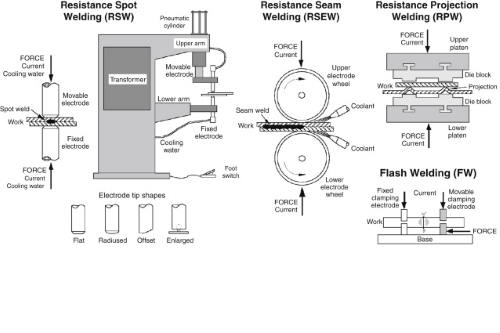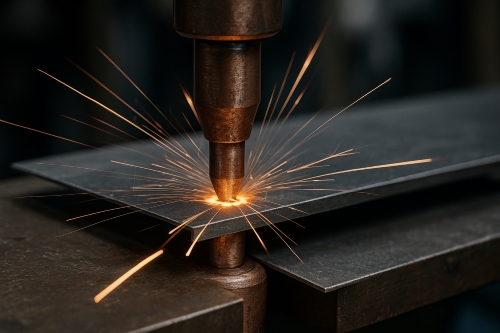The 10 Strongest Materials Known To Man
1. Graphene
Brief introduction
Graphene is a two-dimensional material formed by carbon atoms with sp2 hybridisation arranged in a hexagonal lattice. It represents a single atomic layer separated from graphite and is the thinnest novel material currently known. The material has a tensile strength of 125 GPa and a Young’s modulus of 1.1 TPa; its strength is approximately 100 times that of conventional steel. Graphene-based containers have been engineered to support loads of around 2 tonnes.

Growing trend
Since the 2010 Nobel Prize in Physics was awarded, there has been a substantial rise in the number of graphene patent filings worldwide. It is expected that graphene will be utilised in sectors such as electronics, energy storage, catalysis, sensor fabrication, optoelectronic transparent thin films, high-strength composites and biomedical applications.
2. Carbon Nanotubes
Brief introduction
Carbon nanotubes (CNTs) are one-dimensional quantum materials in which carbon atoms are arranged hexagonally and form coaxial, cylindrical tubes comprising a few to several dozen layers. They are classified as single-walled CNTs (SWCNTs) or multi-walled CNTs (MWCNTs) depending on the number of graphene layers. Carbon nanotubes exhibit tensile strengths between 50 and 200 GPa, nearly 100 times that of steel, while their density is one-sixth that of steel. Their Young’s modulus may reach up to 1 TPa, comparable to that of diamond and roughly five times that of steel.
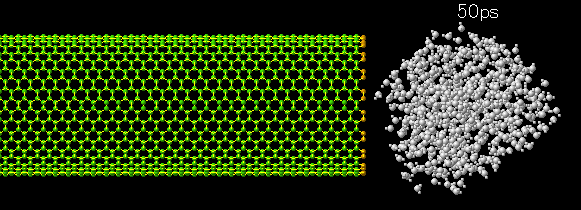
Growing trend
Since their discovery in the 1990s, the industrial utilisation of carbon nanotubes has expanded substantially. They are employed in the manufacture of composite materials and films, transparent conductors, thermal interfaces, armour plating, wind turbine blades, electrodes for functional devices and catalyst supports.
3. Metallic Glass
Brief introduction
Metallic glass, also known as amorphous metal, typically refers to an alloy that exhibits an amorphous structure alongside a glass-like formation. This dual structure yields properties that extend beyond those of crystalline metals and conventional glass, including good electrical conductivity, high strength, marked elasticity, elevated wear resistance and corrosion resistance. Metallic glass is mechanically stronger than steel and exhibits greater hardness than hardened tool steel.

Growing trend
Owing to its high strength, elasticity and magnetic properties, metallic glass retains its structure at elevated temperatures without crystallisation. Its attributes have resulted in its application in the aerospace sector and in military armament systems.
4. Polyethylene Fibres with Ultra-High Molecular Weight (UHMWPE)
Brief introduction
UHMWPE is a polyethylene fibre characterised by a relative molecular weight ranging from 1 000 000 to 5 000 000. It is currently the strongest and lightest fibre available. The fibre is 15 times stronger than steel wire while being up to 40% lighter than materials such as aramid.

Growing trend
UHMWPE is applied in various fields, including cables, fasteners, nets, life-support devices, high-performance textiles, composite materials and laminated products. It is estimated that the global annual demand for UHMWPE will reach 60 000 tonnes within the next 5 years and 100 000 tonnes in the next 10 years.
5. Boron Nitride Nanotubes
Brief introduction
Boron nitride is capable of forming monolayer structures that can be rolled into nanotubes. Boron nitride nanotubes exhibit mechanical properties comparable to carbon nanotubes. Their advantage arises from their ability to form a strong bond with polymers, thereby enhancing the interfacial adhesion. Their strength is approximately 30% higher than that of interfaces formed with PMMA and about 20% higher than those with epoxy resin.
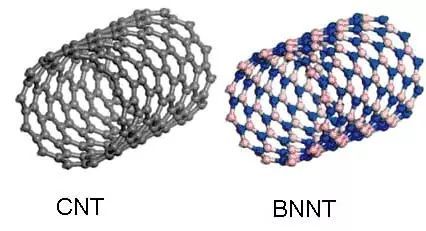
Growing trend
Boron nitride nanotubes offer defined optical properties along with excellent mechanical and thermal conductivity. They perform under high temperatures and absorb neutron radiation. Given that these characteristics permit improvements in the mechanical or thermal performance of polymer, ceramic and metal composites, they are used in protective shields, electrical insulators and sensor technologies.
6. Lonsdaleite
Brief introduction
Lonsdaleite was discovered in a crater by the American geologist Lonsdale and is identified as a hexagonal meteoritic diamond. Its carbon atoms are arranged in a structure that differs from conventional diamond. Simulation studies indicate that Lonsdaleite exhibits a compressive strength that is 58% higher than that of diamond.
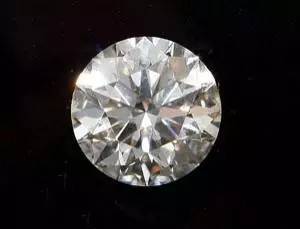
7. Diamond
Brief introduction
Diamond is the hardest naturally occurring substance and an allotrope of carbon. Its Mohs hardness is rated at 10, and its microhardness is 10 000 kg/mm², which is 1 000 times greater than that of quartz and 150 times greater than that of corundum.
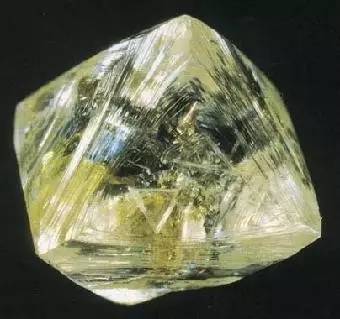
Growing trend
Diamond is employed across various industrial applications, particularly in cutting tools, grinding processes and drilling bits.
8. Aerogel
Brief introduction
Aerogel is a solid material noted for having the lowest density recorded. It is engineered to be strong and durable. Aerogels can resist pressures up to 1 000 times their own mass and remain stable until 1200 °C is reached.
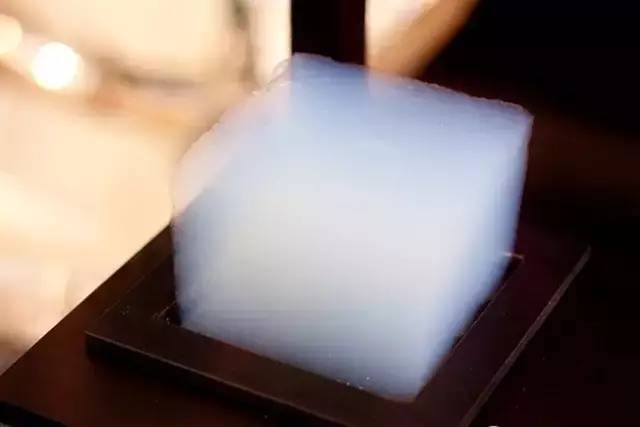
Growing trend
Aerogels display distinct thermal, optical, electrical, mechanical and acoustic properties. They are used as thermal insulators, targets for inertial confinement fusion and X-ray lasers, catalysts, adsorbents and in a range of electronic devices.
9. Silicon Carbide
Brief introduction
Silicon carbide is either a natural mineral or is produced from raw materials such as quartz sand, pet coke (or coal coke), and wood chips through high-temperature melting in an electric resistance furnace. It possesses a Mohs hardness of 9.5, approaching that of diamond, and offers excellent thermal conductivity. Silicon carbide acts as a semiconductor and remains oxidation-resistant at elevated temperatures.
![]()
Growing trend
As a representative of third-generation semiconductor materials, silicon carbide is favoured by downstream semiconductor companies. Power electronic devices manufactured on silicon carbide substrates and epitaxial layers operate under high-voltage and high-frequency environments, thereby providing specific performance benefits and exhibiting considerable industrial potential.
10. Darwin’s Bark Spider

Brief introduction
A new spider species, Darwin’s bark spider, has been discovered in Madagascar. Its web, which spans a width of 25 metres, has been measured and is ten times stronger than Kevlar of equivalent dimensions.

 Bars
Bars
 Beads & Spheres
Beads & Spheres
 Bolts & Nuts
Bolts & Nuts
 Crucibles
Crucibles
 Discs
Discs
 Fibers & Fabrics
Fibers & Fabrics
 Films
Films
 Flake
Flake
 Foams
Foams
 Foil
Foil
 Granules
Granules
 Honeycombs
Honeycombs
 Ink
Ink
 Laminate
Laminate
 Lumps
Lumps
 Meshes
Meshes
 Metallised Film
Metallised Film
 Plate
Plate
 Powders
Powders
 Rod
Rod
 Sheets
Sheets
 Single Crystals
Single Crystals
 Sputtering Target
Sputtering Target
 Tubes
Tubes
 Washer
Washer
 Wires
Wires
 Converters & Calculators
Converters & Calculators
 Write for Us
Write for Us
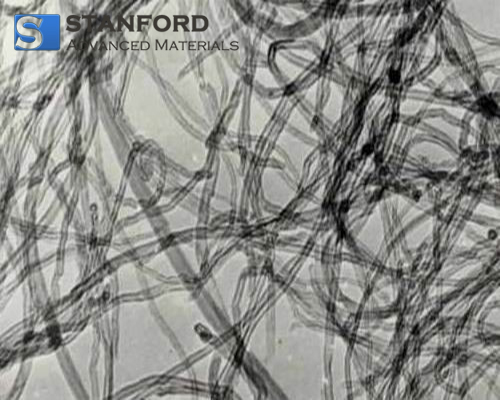
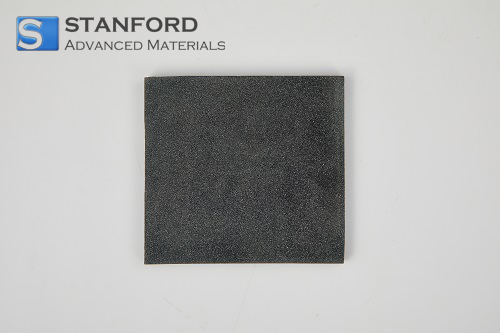

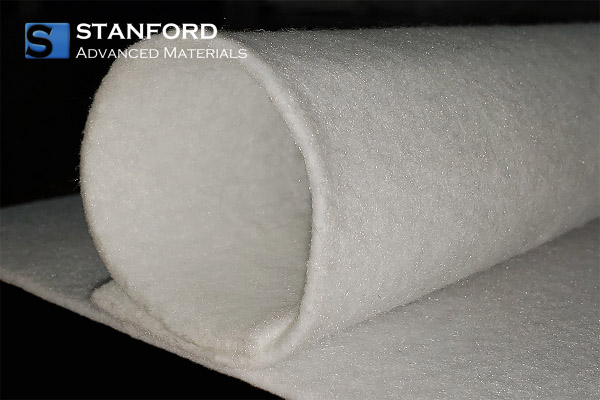
 Chin Trento
Chin Trento


